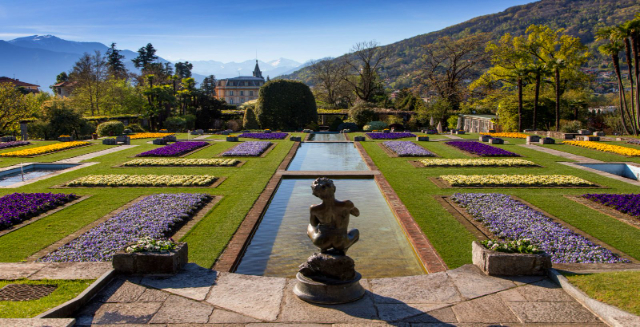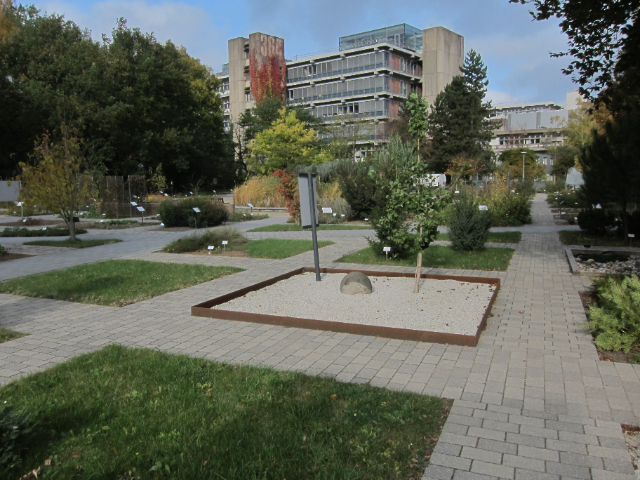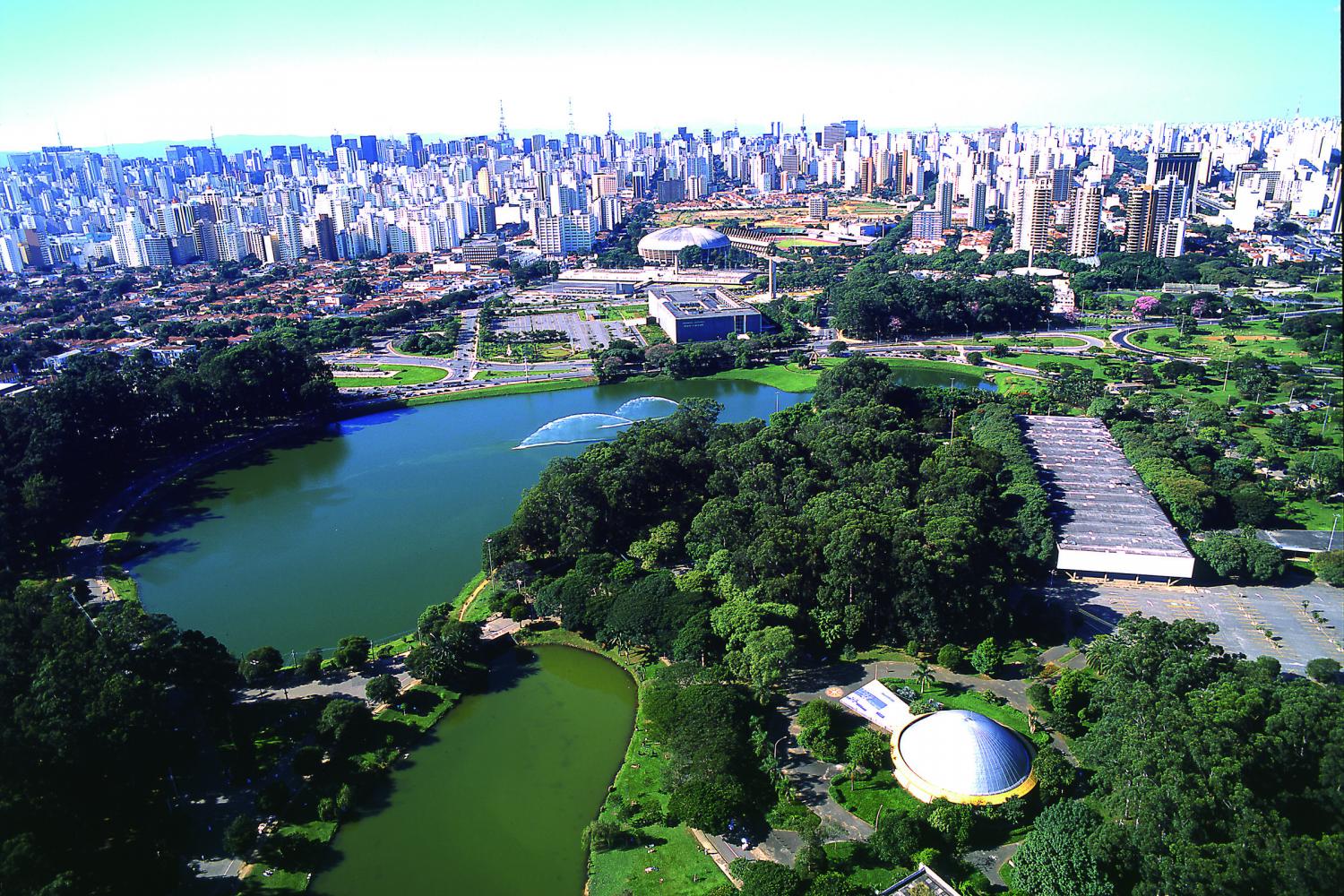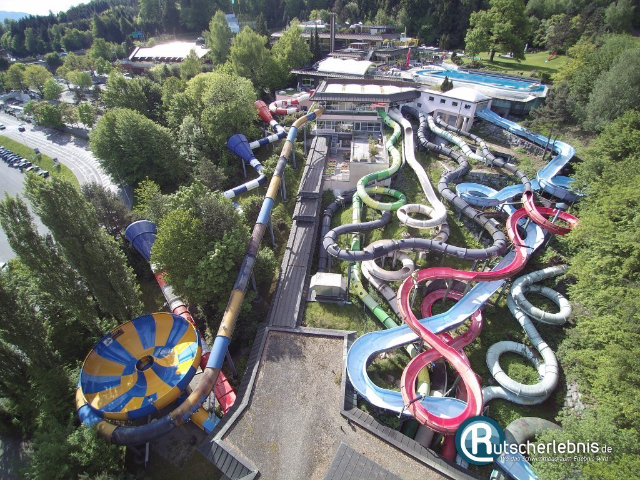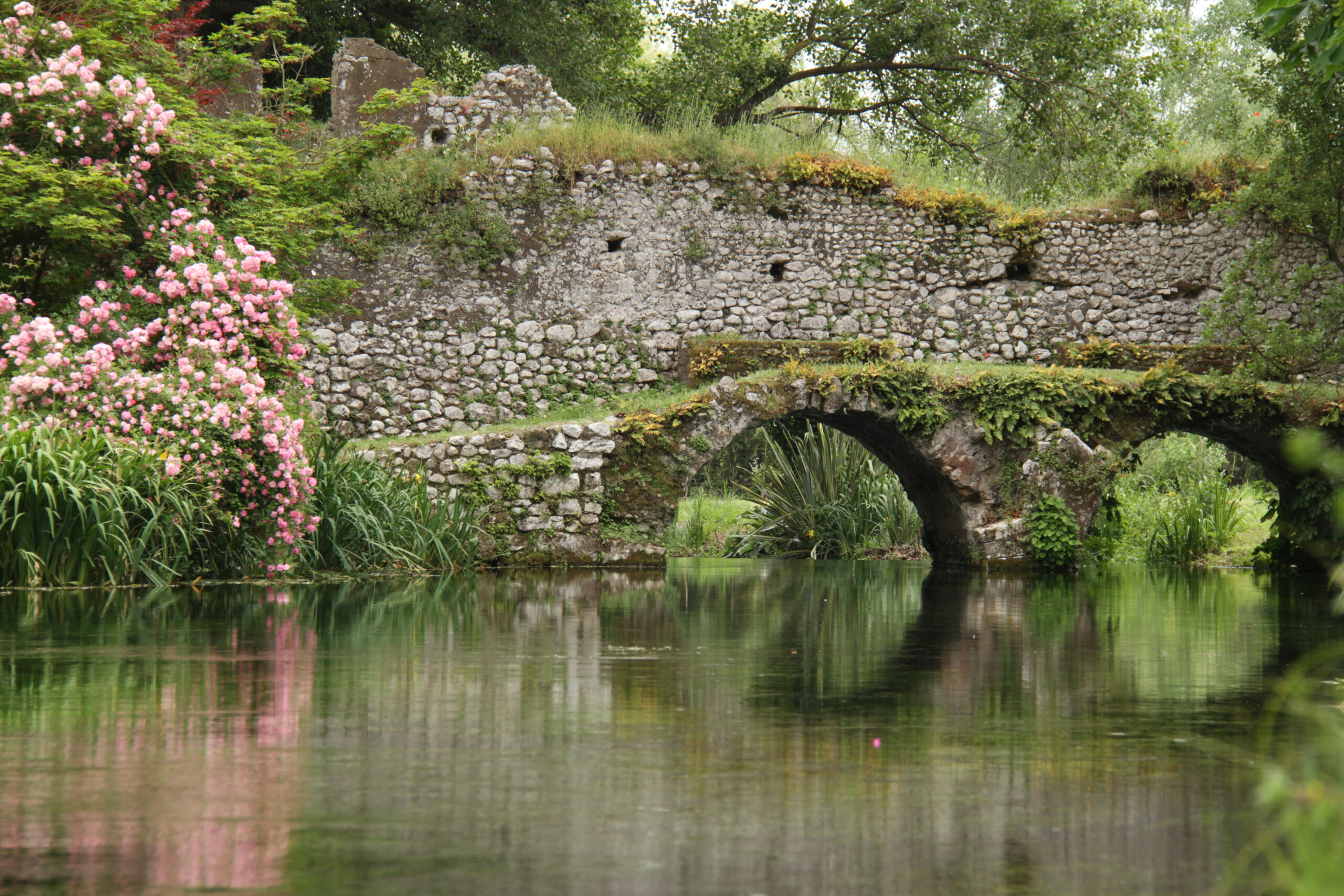“A beautiful garden does not need to be big, but it should be the realization of one’s dream, even though it is only a couple of square metres large and it is situated on a balcony”.
So explained Captain Neil Mc Eacharn, the man who created these marvellous gardens. Many thousands of plants, brought from the far corners of the world, and rare collections, some of them unique in Europe and acclimatized after long laborious efforts, have been arranged with art in this beautiful setting, between the mountains and the lake.
In facts, back in 1931 the Scottish Captain decided to buy the estate called “La Crocetta” from the Marquise of Sant’Elia to transform it into a specimen of English Garden, situated in a strip of Italy which could remind him of his native Scotland, though it has more softness and wealth of tones. This work had to meet two basic requirements: the aesthetical and the botanical one. Botanical exigencies, as the different vegetations had to find the most ideal conditions of ground and climate. The stages of the creation of the new gardens saw different working stages, until their termination in 1940.
Amongst the most significant works are: the “Valletta”, created by large scale excavations; the irrigation plant, fed by water pumped directly from the lake to a reservoir from which it is conveyed to the furthest limits of the garden; the Terraced Gardens with waterfalls, swimming pool, water lily and lotus pools; the Winter Garden and the Bog Garden; ornamental fountains and water sprays.
Having, so, realized his garden, which he named Villa Taranto in memory of an ancestor Marshall McDonald, on whom Napoleon conferred the Dukedom of Taranto, Captain Mc Eacharn wanted to ensure that his work would be continued after him and with great generosity presented it to the Italian State.
The botanical patrimony of the gardens of Villa Taranto contains nearly 1.000 non autochthonous plants and almost 20.000 genera and varieties of particular botanical importance.
When visiting the gardens, one can find dream landscapes and captivating reflections in the water of mysterious flowers, sacred to Egyptian mythology. From the romantic Valletta to the carpets of heathers, from the hot-houses with the “Victoria Amazonica” to the Azalea, Maple, Rhododendron and Camellia avenues, from the rare lilies and the gardens of Dahlias with more than 300 varieties to the myriad hues of spring blooms, against the background of the Italian Garden or in the mellow glow of autumn, VILLA TARANTO rewards the visitor with endless scenes of changing beauty and deep inner poetry.
